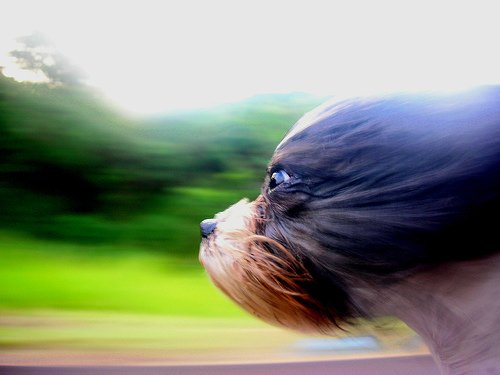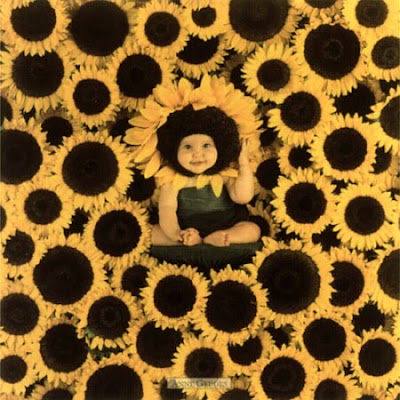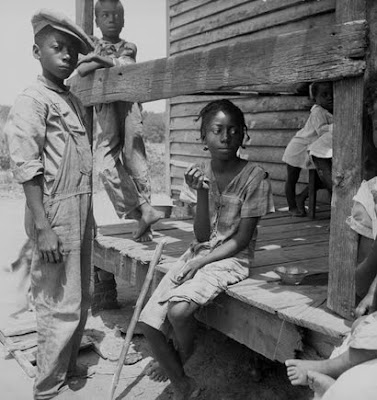
Tuesday, October 13, 2009
Tuesday, October 6, 2009
Monday, September 14, 2009
Thursday, September 3, 2009
Anne Geddes
Wednesday, September 2, 2009
Dorthea Lange
Tuesday, June 2, 2009
Monday, June 1, 2009
Friday, May 29, 2009
Wednesday, May 27, 2009
Tuesday, May 19, 2009
Edward Weston

. In your words write a short bio of his photographic experience.
Weston is generally recognized as one of the greatest photographic artists of the 20th century.
2. Describe his photographic style and some of his more famous photographs.
Weston became successful working in soft-focus, pictorial style, famous photos; pepper,spider web, entry into the world.
3.Post your favorite Edward Weston photograph to your blog.
Ansel Adams
Monday, May 18, 2009
Tuesday, May 5, 2009
Monday, May 4, 2009
Element:color
Monday, April 27, 2009
Annie Leibovitz Questions

1. Annie started with her art experiences at a very young age, playing and writing music. She loved photography started after taking pictures of her casts on a trip to the Phillippines. She attended the San Francisco Art Institute. She took photographs for the magazines Rolling stones and Vanity Fair.
2. Who are some famous people she has photographed?
- John Lennon
- Demi Moore
- Yoko Ono
1. In your words write a short bio of her photographic experience.
2. Who are some famous people she has photographed?
- John Lennon
- Demi Moore
- Yoko Ono
2. Who are some famous people she has photographed?
- John Lennon
- Demi Moore
- Yoko Ono
1. In your words write a short bio of her photographic experience.
2. Who are some famous people she has photographed?
- John Lennon
- Demi Moore
- Yoko Ono
2. Who are some famous people she has photographed?
- John Lennon
- Demi Moore
- Yoko Ono
1. In your words write a short bio of her photographic experience.
2. Who are some famous people she has photographed?
- John Lennon
- Demi Moore
- Yoko Ono
2. Who are some famous people she has photographed?
- John Lennon
- Demi Moore
- Yoko Ono
Friday, April 24, 2009
Black and White Q's
1. An optical element (the lens), a chemical element (the film) and a mechanical element (the camera body itself).
2. Is an automatic moving mirror system, which permits the photographer to see exactly what, will be captured by the film or digital imaging system.
3. It’s the setting that controls your depth of field (background and/or foreground).
4. It performs the task of regulating the amount of light enters the camera and exposes onto film.
5. White Balance, etc.
6. As light travels from one medium to another, it changes speed. Light travels more quickly through air than it does through glass, so a lens slows it down.
7. In total darkness, remove the film from the cassette, Load the film onto either a metal or plastic film reel, Place the loaded reel in the film tank ad cover it as directed, Make sure the temperature of the chemicals (especially the soup) is carefully controlled, etc
8. Mix all of your solutions and put them in the appropriate containers.
Adjust the masking frame for the paper you intend to use, allowing for a suitable border.
Turn on a 7.5-watt (or less) amber safe light. Keep it at least 4 feet from the paper.
Adjust the enlarger so that the image is the correct size, and focus it.
Make a test strip to determine the correct exposure time.
Use filters to offset the difference between a black-and-white negative and a color one. Start with a No. 4 contrast filter. If you don't see enough contrast, move up to a No. 5, and so on.
Switch off the enlarger light.
Put a sheet of panchromatic photography print paper, made specifically for this application, in the masking frame. The paper must be placed emulsion side up.
Use the correct time and aperture setting, according to your test strip.
Set the timer.
Turn on the enlarger.
Process the paper as you would black-and-white.
9. Developed sliver.
2. Is an automatic moving mirror system, which permits the photographer to see exactly what, will be captured by the film or digital imaging system.
3. It’s the setting that controls your depth of field (background and/or foreground).
4. It performs the task of regulating the amount of light enters the camera and exposes onto film.
5. White Balance, etc.
6. As light travels from one medium to another, it changes speed. Light travels more quickly through air than it does through glass, so a lens slows it down.
7. In total darkness, remove the film from the cassette, Load the film onto either a metal or plastic film reel, Place the loaded reel in the film tank ad cover it as directed, Make sure the temperature of the chemicals (especially the soup) is carefully controlled, etc
8. Mix all of your solutions and put them in the appropriate containers.
Adjust the masking frame for the paper you intend to use, allowing for a suitable border.
Turn on a 7.5-watt (or less) amber safe light. Keep it at least 4 feet from the paper.
Adjust the enlarger so that the image is the correct size, and focus it.
Make a test strip to determine the correct exposure time.
Use filters to offset the difference between a black-and-white negative and a color one. Start with a No. 4 contrast filter. If you don't see enough contrast, move up to a No. 5, and so on.
Switch off the enlarger light.
Put a sheet of panchromatic photography print paper, made specifically for this application, in the masking frame. The paper must be placed emulsion side up.
Use the correct time and aperture setting, according to your test strip.
Set the timer.
Turn on the enlarger.
Process the paper as you would black-and-white.
9. Developed sliver.
Tuesday, April 21, 2009
Monday, April 13, 2009
Wednesday, April 1, 2009
Tuesday, March 31, 2009
principles of design

 pattern/rhythm: i chose this picture because it has both of these descriptions.
pattern/rhythm: i chose this picture because it has both of these descriptions.contrast: i chose this picture because it shows great contrast



 Emphasis: i chose this picture because the lips are sticking out from everything else.
Emphasis: i chose this picture because the lips are sticking out from everything else.



 Emphasis: i chose this picture because the lips are sticking out from everything else.
Emphasis: i chose this picture because the lips are sticking out from everything else.
Balance: i chose this picture because it shows a scale which balances objects in weight.
Variety: i chose this picture because a buffet always has much variety.
Unity: i chose this picture because it shows people uniting together.
Movement: i chose this picture because it shows the dog moving, therefore a great example of movement.
elements of design

texture: i chose this picture because it shows a wall with a rough texture.





line: i chose this picture because there are two lines
Form: i chose this picture of a runner because they have to have a good form to run.
Shape: i chose this picture because a star is a shape.
value: i chose this picture because it shows an objects weight value.
space: i chose this picture because it shows how much space is in outer space.
Subscribe to:
Posts (Atom)































